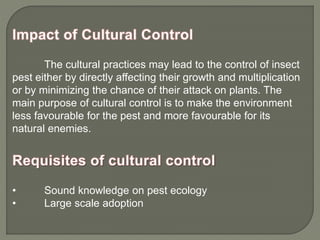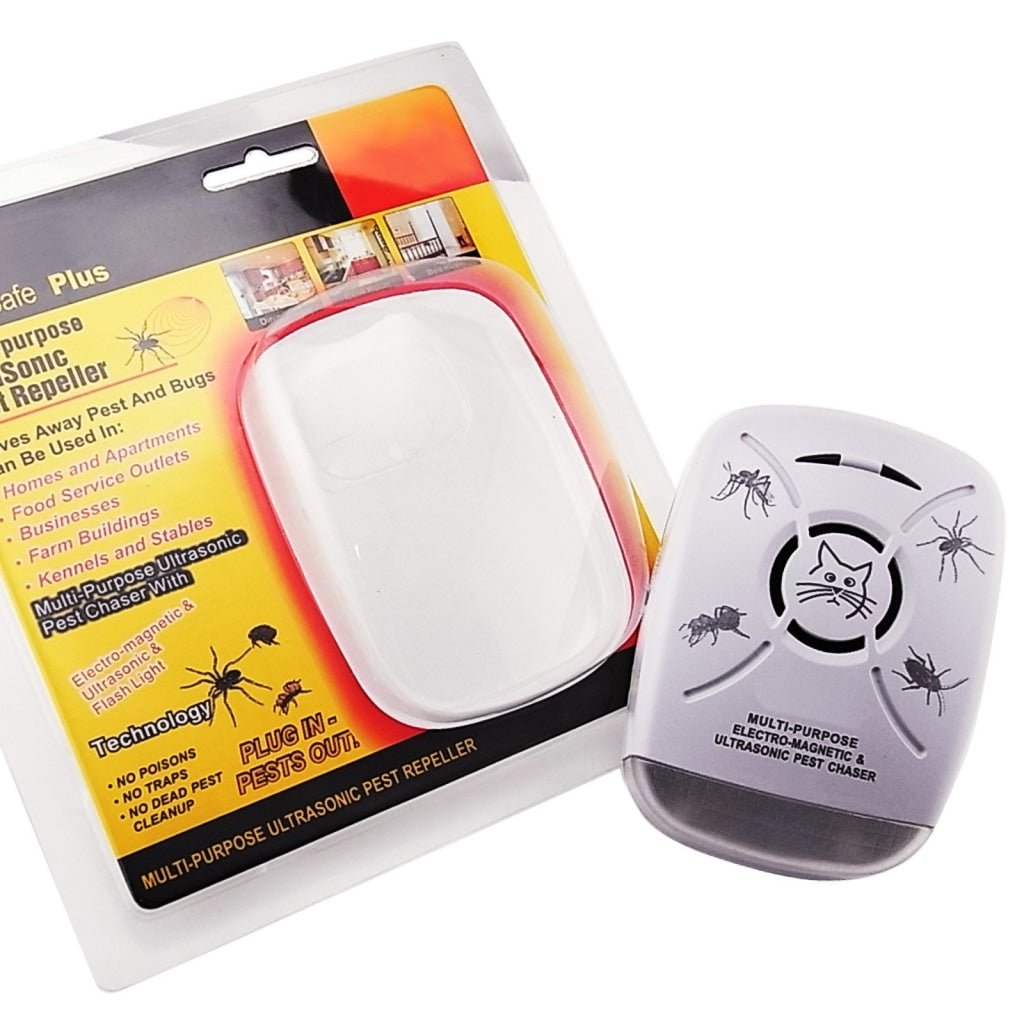The Ultimate Guide To Pestwise

Use of limit information can enhance your pest control technique by helping you choose regarding when to begin control methods. Q. Describe pest tracking and discuss exactly how it can be crucial to pest control approach. A. Surveillance is inspecting or hunting for bugs in a location to identify what bugs are existing, the number of of each type of insect are in the location, and just how much damages they are creating.
Q. Specify "integrated insect management" (IPM) and checklist a number of possible control techniques that might be utilized in an IPM strategy. A. Integrated bug administration is the combining of suitable parasite control strategies into a solitary strategy to minimize pests and their damage to an appropriate level. Pest control methods might include: host resistance, organic control, social control, mechanical control, cleanliness, and chemical (chemical) control.
The Pestwise PDFs
What can you do to keep the bugs you are attempting to manage from coming to be immune to the pesticides you utilize? A. Insect resistance can be lowered by using integrated bug administration and rotating the sorts of pesticides utilized.
Parasites are an important risk to the farming organization, and incorporated parasite management helps farmers address and reduce these dangers. Integrated bug monitoring makes use of numerous approaches in complicated, hence being a more effective service to the problem. Termite Control. Specifically, eliminating aggressive chemical methods enables for lessening damage to people and the environment by utilizing natural and much safer options instead
See This Report on Pestwise
The objective of incorporated insect management is to minimize this injury and control acceptable infestation degrees as opposed to eradicate all undesirable populations. This is why it is necessary to recognize what procedures are justified in each situation and use aggressive ones just when other integrated monitoring methods do not work. Integrated monitoring alleviates the negative effects of a non-IPM method, and the main advantages of IPM Benefits of IPM.
A right understanding of the infestation extent establishes if the problem must be dealt with. are the following components of an IPM program due to the fact that it is necessary to understand if the microorganisms make prospective dangers and pick the incorporated management choices or the certain pesticide usage. plan to minimize infestations by applying different agronomic strategies.
Pestwise Things To Know Before You Get This
Integrated monitoring choices in an IPM program start with more secure to extra hostile ones. The prior integrated administration aspects help recognize just how to intend and apply an IPM program action by action: Screen your crops on a regular basis.

(https://businesslistingplus.com/profile/pestwise01/)Determine parasites timely and analyze the risks. Select the necessity of activities and exactly how IPM will certainly work. Think about and apply all appropriate integrated administration alternatives. Evaluate the outcomes. The actual idea of IPM is to utilize all the readily available integrated bug administration strategies in complicated and utilize solid therapy only when the previous options do not function.
Among others, IPM cultural approaches include the following field monitoring methods: soil therapy; selection of appropriate plants; plant rotation; interplanting or strip chopping; choice of planting days; weed control; usage of catch plants. Beneficial dirt problems speed up plant growth, and energetic plants are much more immune to infestations. Healthy plants and seeds determine effective crop growth, so it is vital to select pest-free growing product with solid roots.
, which is also utilized in the integrated insect administration system. Alternatively, problems raise when plants of the very same plant type or family grow together.
, as well as tomatoes. Planting catch plants in spots is one more choice for IPM intercropping. This integrated insect administration approach suggests drawing in bugs to particular plants and after that regulating them with chemical or mechanical methods.
The 4-Minute Rule for Pestwise
Obstacles are normal instances of physical IPM techniques. Fully grown insects or their eggs and larvae are gathered by hand and damaged.

Department of Plant Sciences. This integrated administration technique indicates a typical means of destroying insects by predators, parasitoids, virus, and various other organic control agents (aka hostile microorganisms). The duty of organic control in IPM is to.
The 2-Minute Rule for Pestwise
With time, their populace became an actual nuisance to farmers alongside aboriginal kangaroos or dingoes. The walking cane toad is an additional situation showing integrated biological control failing in this respect when it rejected to search the target types and became a pest itself. Parasitoids create on or within their hosts to eventually kill them after growing.
Comments on “Unknown Facts About Pestwise”